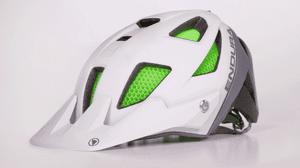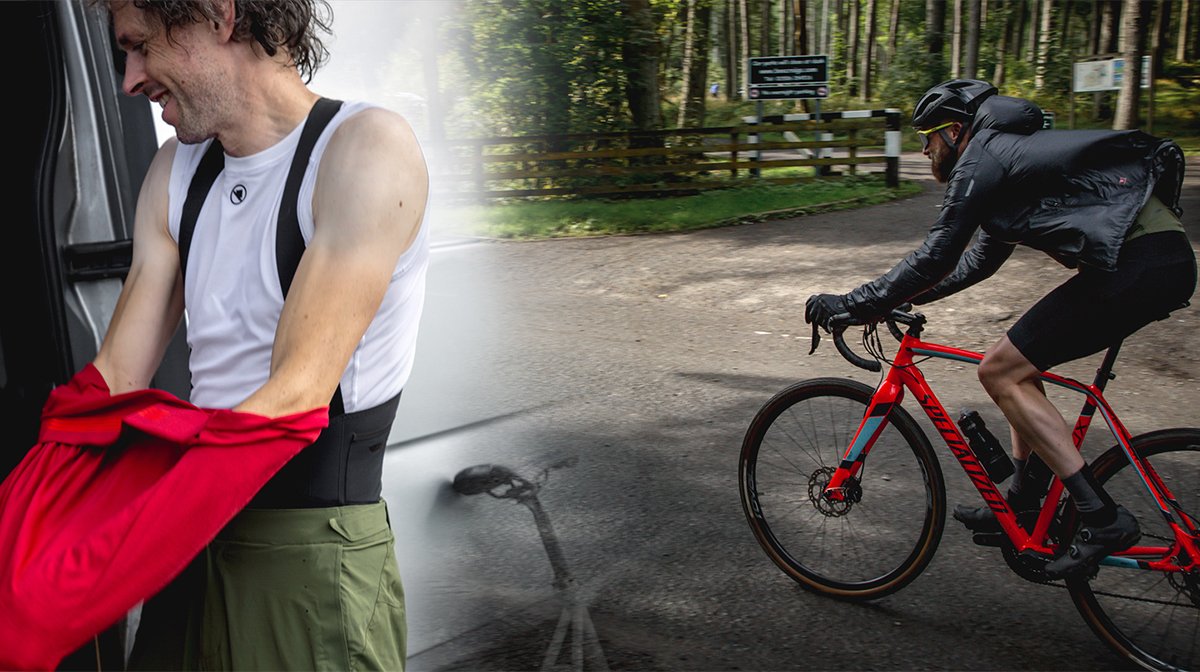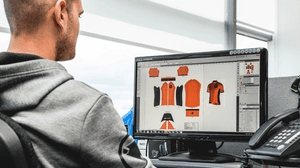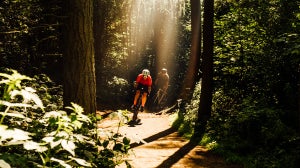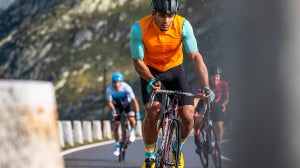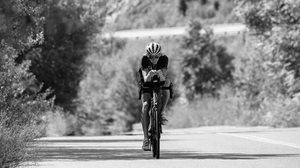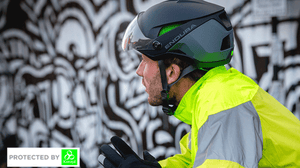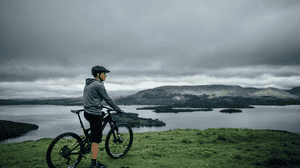
Most riders are aware of the basics of layering their riding gear to achieve an outfit (or system) which can protect you from the elements, provide the relevant level of insulation and effectively wick sweat away from the body to keep you dry from the inside. The challenge in changeable climates that one single outfit is unlikely to do all of these jobs in the range of conditions you find in spring and autumn and it’s always worth having a think about what you have in your riding wardrobe and how you could mix and match your outfits to the weather.
Endura’s Product Manager Ian Young, a self-confessed kit obsessive, has pulled together his top tips on how to plan out your riding outfit.
Baselayers
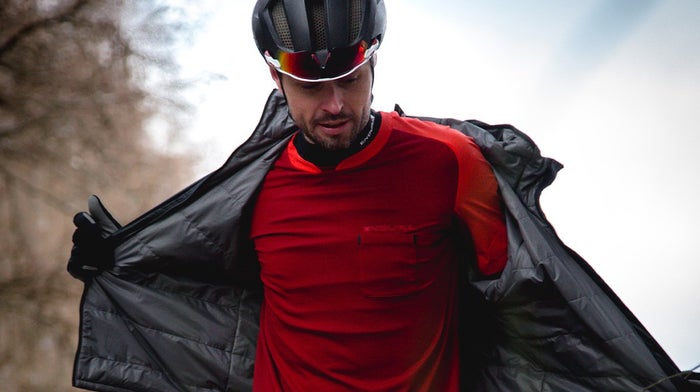
It goes without saying that a good base layer is the keystone of any technical apparel system and can make or break the outfit. Knowing what works best for you is essential so think about what you need most- wicking should be the priority if you sweat heavily, whereas insulation needs to be the focus if you really feel the cold.
Merino baselayers provide excellent insulation and temperature regulation, even when wet, but they don't dry as quickly as a good man-made fibre meaning they work well for low to medium intensity riding, but are not so well suited to all out, high tempo blasts. See our full range of baselayers.
Warmers
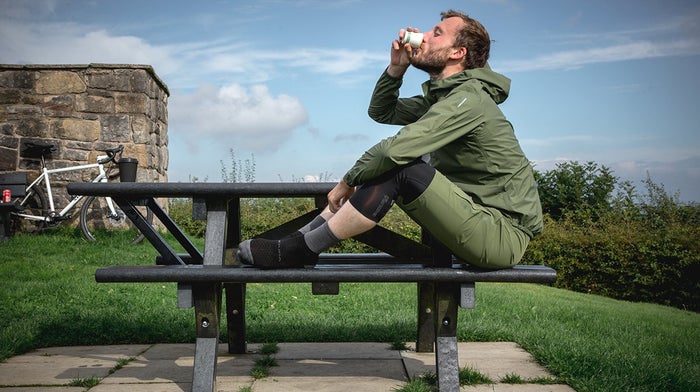
Arm, leg and knee warmers may appear somewhat strange to the non-cyclist but these simple thermal tubes are arguably the ultimate in versatile bike wear and once you start using them you’ll never look back.
Keeping your leg muscles warm to help them work efficiently seems like a point too basic to raise in this context but it’s all too common to see riders with bare knees in temperatures hovering hust below double figures. There are various opinions on the value of X in the “below X degrees cover your knees” depending on where you live, but the obvious beauty of warmers is, like the packable shell they can be easily removed and stashed away mid ride, ready to be put on again should the need arise.
On the arms a good warmer can easily add 10C+ comfort range to a gilet and short sleeve jersey combo and they can be rolled down to the wrist and back up in seconds when the weather is changing quickly. See our full range of warmers.
Gilets
The gilet is another item that the apparel obsessive will covet, often owning a selection of different weights to ensure the perfect core body temperature in all conditions. Gilets provide the warmth and insulation where you need it most and the lack of sleeves means no restriction on the shoulders and allows you to select the required insulation level on the arm dependent on the weather conditions.
The ultra lightweight Pro SL Lite Gilet is windproof, with a waterproof pocket panel to fend off spray and so is a great choice in dry or showery conditions, offering protection to critical areas but allowing air to move around the body, aiding moisture management. Waterproof variants such as the FS260-Pro Adrenaline are effective even in heavier rain.
Insulated gilets such as the Pro SL Primaloft make a fantastic mid or outer layer in a variety of spring, autumn and winter conditions, from around freezing point paired with a thick mid and base layer underneath up to 12C or even 15C on a windy, dry day. These again pack down small enough to go in a back pocket and are very lightweight. See our full range of gilets.
Outer Layer
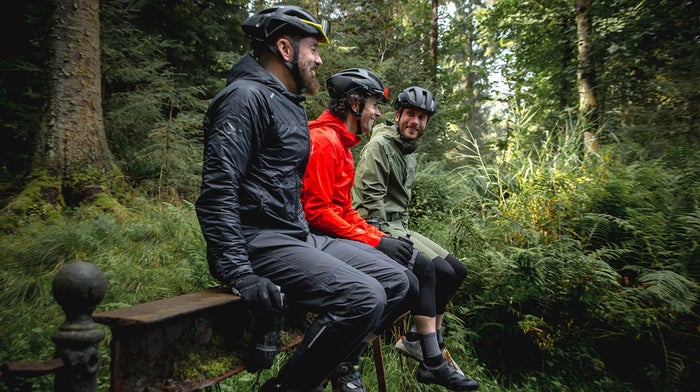
It’s a common misconception that a waterproof shell is the best outer layer to keep you warm. When it’s raining heavily and relatively cold there’s no doubt that this is the case but when temperatures and effort levels rise, the potential for heat build-up can lead to excessive sweating and no matter how breathable the fabric, this can mean getting wet from the inside, rather than the outside.
High performance breathable fabrics, vents and good old front zips all help with this issue making waterproof shells effective in a wider range of conditions, however these come at a cost in terms of cash and packability.
A good quality packable shell provides a “best of both” solution, stashed in a back pocket when not required, allowing airflow around the body, and can be deployed when the weather turns or a long descent approaches. See our full range of jackets.
Accessorise
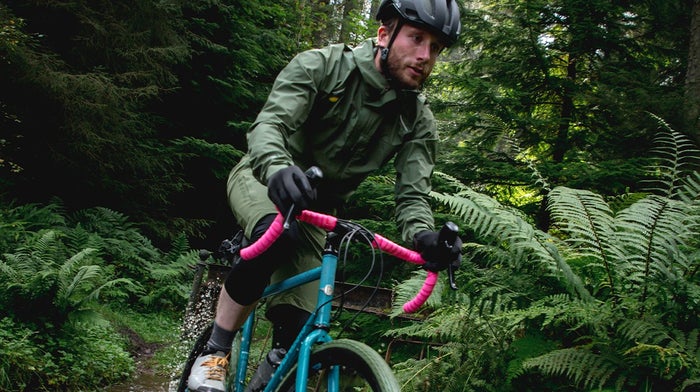
Gloves - The hands are one of the most vulnerable areas of the body to the cold, but it’s really hard to give advice on the right glove for a set temperature as the difference from person to person tends to be very high.
Multitube- Try a quick experiment riding with and without a multitube around your neck in the same conditions to see what a massive difference such a simple item can make to how warm you feel. A large amount of heat escapes through the collar and neck area, so blocking this off can really help keep you warm and pulled up over the chin and ears this thin layer can provide incredible warmth.
See our full range of warmers.

Related Articles
